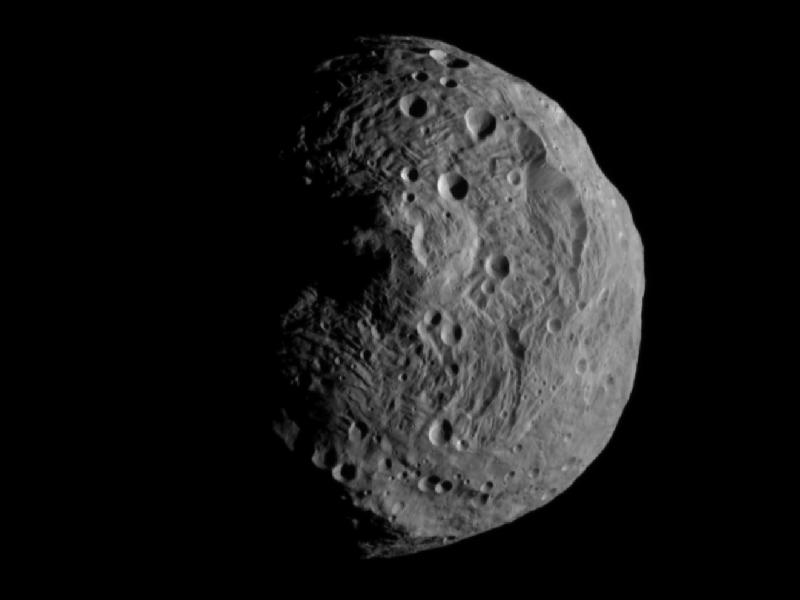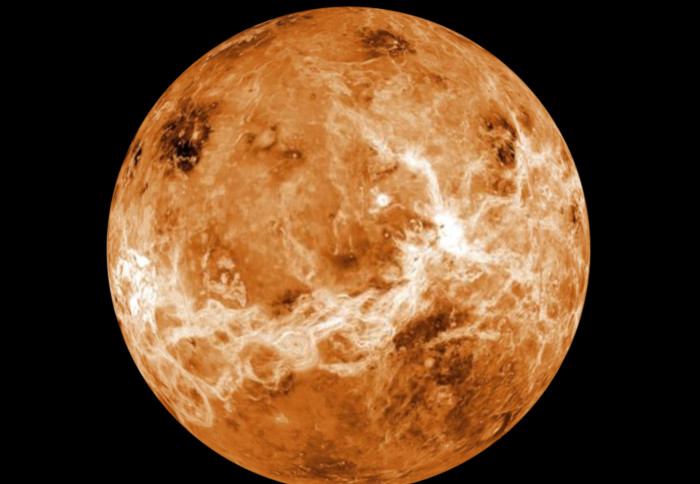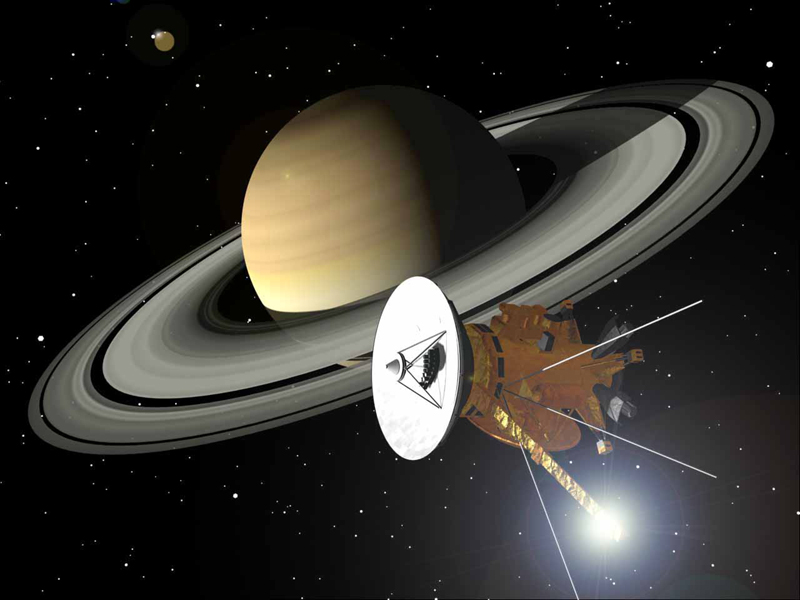Asteroid Facts for Kids

Asteroid Vesta [image: NASA's Vesta mission via Falling star.com]
Asteroids used to annoy astronomers by making streaks in their photos that hid the more interesting things. But now asteroids are the interesting things. Here is their story.
The first asteroid was discovered on New Year's Day in 1801.
Giuseppe Piazzi discovered Ceres between Mars and Jupiter. Astronomers thought there was a "missing planet" there and assumed Piazzi had found it. The four biggest asteroids were often called planets until nearly the end of the 19th century.
Asteroids have also been called planetoids, minor planets and small solar system bodies.
When Pallas was discovered the year after Ceres, William Herschel thought it odd that two planets were in similar orbits. And through a telescope they looked more like stars than planets. Herschel thought they weren't planets, but were a new type of object. He suggested the name "asteroid" (starlike) for them. In 2006 the International Astronomical Union (IAU) officially classified Ceres as a dwarf planet and the other asteroids as small Solar System bodies.
Asteroids are some of the leftovers from making the Solar System.
Astronomers think the planets formed by accretion. Accretion is material clumping together into bigger and bigger objects. In the space between Jupiter and Mars, accretion began, but the material didn't hold together as a planet. Jupiter's gravity kept breaking it up, creating the asteroid belt. The asteroids are now interesting to astronomers because they contain material unchanged from the early Solar System.
There are more than a quarter of a million known asteroids and over 12,000 of them have names.
Ceres is the biggest asteroid – and also the smallest dwarf planet. It's only 940 km (580 miles) in diameter. Most of the asteroids are much smaller. There could be billions of the smallest ones. But even if you could collect all the material in the asteroid belt, it wouldn't make much of a planet. You'd need 25 asteroid belts to make something as big as the Moon.
The asteroid belt isn't really as crowded as it seems.
A diagram of the inner Solar System shows that there are lots of asteroids, but that makes it look crowded. In fact, the belt is more than 1 AU across. An AU – astronomical unit – is the distance from the Earth to the Sun, 150 million km (93 million miles). There is lots of room for all those rocks.
Except for Ceres, the asteroids are all sorts of shapes.
Ceres is listed as a dwarf planet because it has enough mass for gravity to pull it into the shape of a ball. You can see what some of the others look like in this collection of asteroid pictures.
Almost all asteroids are made of rock, but about 5% are metallic – iron and nickel.
The meteorites on Earth have mostly come from the asteroid belt. The iron meteorites were highly prized by ancient peoples who didn't have the technology to get iron from iron ore.
There are asteroids outside the asteroid belt.
We are very interested in the asteroids that cross Earth's orbit. They're called Near Earth Objects (NEO). More than 600 of these are also classified as Potentially Hazardous Asteroids (PHA). The Minor Planet Center of the International Astronomical Union keeps a close watch on these, and there are other projects searching for new ones. Unfortunately, we don't yet know what to do if we find one. Millions of years ago an asteroid hitting Earth may have caused the dinosaurs to die out.
NASA's Dawn mission visited the asteroid belt.
From July 2011 to August 2012 Dawn studied the asteroid Vesta, and then went on to orbit Ceres. The mission finished in November 2018.
The person who discovers an asteroid usually gets to name it, as long as it doesn't break the rules of the Minor Planet Center.
The first asteroids were named for goddesses. But by now the list includes the names of the discoverers and their families, of scientists, writers, artists, movie stars and many more. The names can't be duplicates, offensive, or of living political or military figures.
The youngest person to discover an asteroid was Luigi Sannino in Italy.
In September 1999, 18-year-old Sannino was observing with P. Pietrapiana at the Monte Viseggi Observatory when they found the asteroid which was later named Palmaria.
Asteroids used to annoy astronomers by making streaks in their photos that hid the more interesting things. But now asteroids are the interesting things. Here is their story.
The first asteroid was discovered on New Year's Day in 1801.
Giuseppe Piazzi discovered Ceres between Mars and Jupiter. Astronomers thought there was a "missing planet" there and assumed Piazzi had found it. The four biggest asteroids were often called planets until nearly the end of the 19th century.
Asteroids have also been called planetoids, minor planets and small solar system bodies.
When Pallas was discovered the year after Ceres, William Herschel thought it odd that two planets were in similar orbits. And through a telescope they looked more like stars than planets. Herschel thought they weren't planets, but were a new type of object. He suggested the name "asteroid" (starlike) for them. In 2006 the International Astronomical Union (IAU) officially classified Ceres as a dwarf planet and the other asteroids as small Solar System bodies.
Asteroids are some of the leftovers from making the Solar System.
Astronomers think the planets formed by accretion. Accretion is material clumping together into bigger and bigger objects. In the space between Jupiter and Mars, accretion began, but the material didn't hold together as a planet. Jupiter's gravity kept breaking it up, creating the asteroid belt. The asteroids are now interesting to astronomers because they contain material unchanged from the early Solar System.
There are more than a quarter of a million known asteroids and over 12,000 of them have names.
Ceres is the biggest asteroid – and also the smallest dwarf planet. It's only 940 km (580 miles) in diameter. Most of the asteroids are much smaller. There could be billions of the smallest ones. But even if you could collect all the material in the asteroid belt, it wouldn't make much of a planet. You'd need 25 asteroid belts to make something as big as the Moon.
The asteroid belt isn't really as crowded as it seems.
A diagram of the inner Solar System shows that there are lots of asteroids, but that makes it look crowded. In fact, the belt is more than 1 AU across. An AU – astronomical unit – is the distance from the Earth to the Sun, 150 million km (93 million miles). There is lots of room for all those rocks.
Except for Ceres, the asteroids are all sorts of shapes.
Ceres is listed as a dwarf planet because it has enough mass for gravity to pull it into the shape of a ball. You can see what some of the others look like in this collection of asteroid pictures.
Almost all asteroids are made of rock, but about 5% are metallic – iron and nickel.
The meteorites on Earth have mostly come from the asteroid belt. The iron meteorites were highly prized by ancient peoples who didn't have the technology to get iron from iron ore.
There are asteroids outside the asteroid belt.
We are very interested in the asteroids that cross Earth's orbit. They're called Near Earth Objects (NEO). More than 600 of these are also classified as Potentially Hazardous Asteroids (PHA). The Minor Planet Center of the International Astronomical Union keeps a close watch on these, and there are other projects searching for new ones. Unfortunately, we don't yet know what to do if we find one. Millions of years ago an asteroid hitting Earth may have caused the dinosaurs to die out.
NASA's Dawn mission visited the asteroid belt.
From July 2011 to August 2012 Dawn studied the asteroid Vesta, and then went on to orbit Ceres. The mission finished in November 2018.
The person who discovers an asteroid usually gets to name it, as long as it doesn't break the rules of the Minor Planet Center.
The first asteroids were named for goddesses. But by now the list includes the names of the discoverers and their families, of scientists, writers, artists, movie stars and many more. The names can't be duplicates, offensive, or of living political or military figures.
The youngest person to discover an asteroid was Luigi Sannino in Italy.
In September 1999, 18-year-old Sannino was observing with P. Pietrapiana at the Monte Viseggi Observatory when they found the asteroid which was later named Palmaria.
You Should Also Read:
Ceres Facts for Kids
Bode and Bode's Law
Naming Asteroids

Related Articles
Editor's Picks Articles
Top Ten Articles
Previous Features
Site Map
Content copyright © 2023 by Mona Evans. All rights reserved.
This content was written by Mona Evans. If you wish to use this content in any manner, you need written permission. Contact Mona Evans for details.







